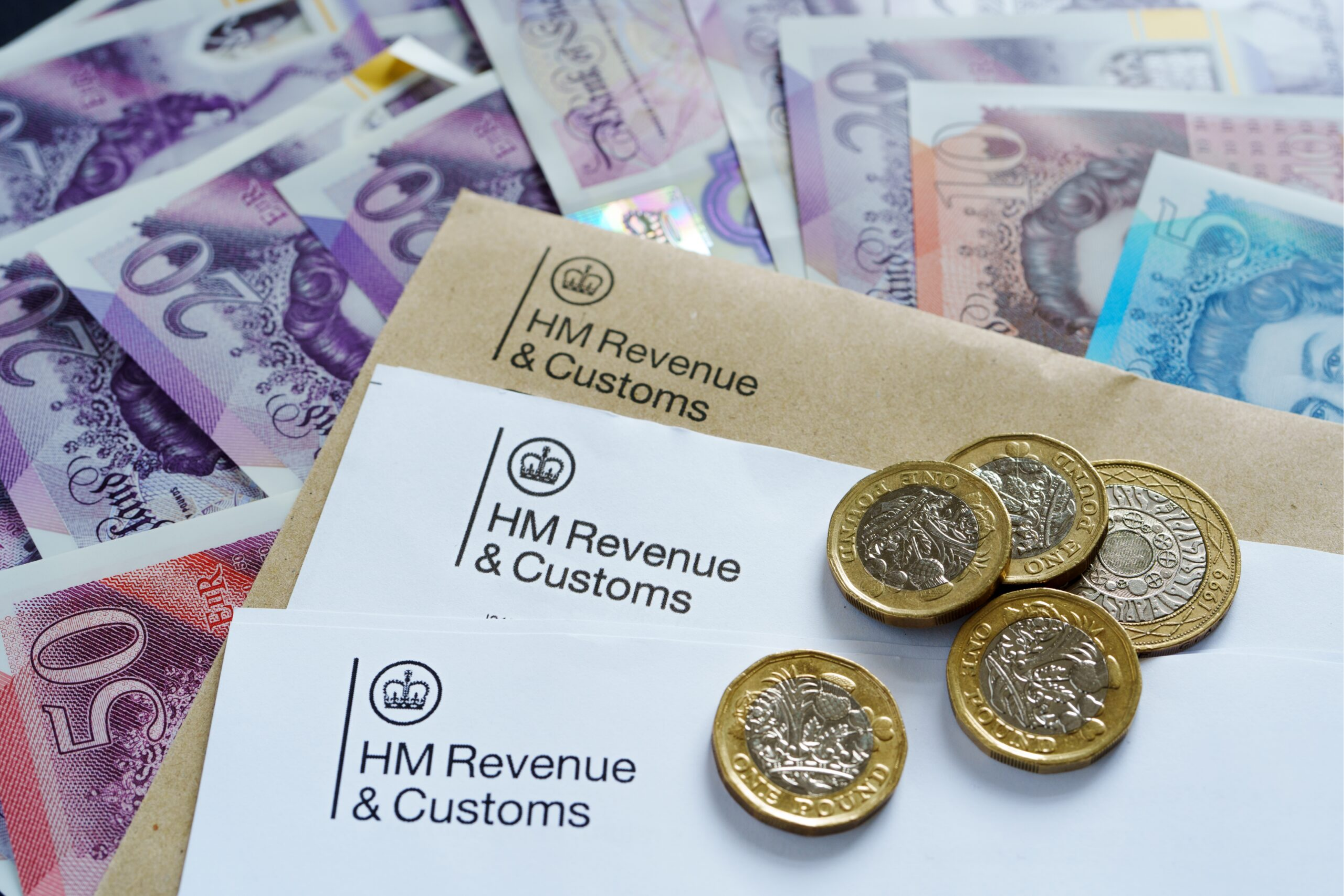Managing PAYE for Small Business Owners: A Practical Guide

Managing payroll can be a complex and time-consuming responsibility for any business.
For small business owners, understanding PAYE (Pay As You Earn) is essential to ensure employees are paid correctly and HMRC obligations are met.
This guide focuses on managing PAYE for small business owners, explaining when it applies, how to get started, and what to report.
What is PAYE?
PAYE, which stands for Pay As You Earn, is how the UK collects Income Tax and National Insurance from workers’ pay.
With the PAYE system, deductions happen before payslips go out. This way, employees get their net income without having to do anything else about tax on that pay.
Managing PAYE for Small Business Owners
When Do You Need to Pay PAYE?
You must operate PAYE as part of your payroll if any employee meets one or more of the following criteria:
- Earns £242 a week or more, or £1,048 a month (threshold expected to remain in place for 2025)
- Claims expenses or receives employee benefits
- Has another job
- Receives pension contributions from your business
Once you hire a qualifying employee, you must register your business as an employer with HMRC. This process can be completed online. Even if PAYE is not required, all employers must still keep accurate payroll records.
If an employee can join a workplace pension automatically, you must follow the pension rules.
Getting Started: Managing PAYE for Small Business Owners
Operating PAYE correctly requires precision. You need to provide HMRC with accurate information. It’s also important that your employees are paid correctly. Payroll software is commonly used to calculate gross pay, deductions (such as tax and National Insurance), and net pay. This software also submits necessary reports to HMRC.
To calculate the correct Income Tax, you'll need the tax code for each employee. You can usually find this on their P45 from their previous employer. If this is not available, an emergency tax code may need to be used initially. HMRC will issue updated tax codes as needed.
National Insurance contributions vary by category letters. These categories depend on the employee's age and job status. Most employees fall under category A.
You may also need to account for student loan repayments and employer pension contributions. All relevant codes and deductions should be entered into your payroll software.
How to Use Employee PAYE Payslips
Payslips must be provided to employees on or before payday. A payslip should include:
- Gross pay
- Deductions (Income Tax, National Insurance, student loans, pensions)
- Net (take-home) pay
- Hours worked and rate of pay
- National Insurance number
- Tax code
- Year-to-date earnings and deductions
Most payroll software will generate payslips automatically, which can be printed or emailed to employees.
Employer Contributions When Managing PAYE for Small Business Owners
Employers must also pay into National Insurance and workplace pensions, alongside the deductions from employees’ pay. These contributions are based on what employees earn. They need to be paid to HMRC along with PAYE deductions.
What is a PAYE Compliance Check?
A PAYE compliance check is a review by HMRC. It ensures your payroll records and PAYE submissions are accurate and complete. HMRC may request records or visit your premises. Maintaining clear and current payroll records lowers the chances of penalties or further investigation.
Making HMRC Payments Through PAYE
Deductions calculated in your payroll software will be part of your PAYE payment to HMRC. While most businesses must pay monthly, those paying less than £1,500 per month may apply to pay quarterly. This arrangement can be discussed by contacting HMRC’s payment inquiry helpline on 0300 200 3401.
HMRC’s PAYE Online service allows you to access tax codes, alerts, and notices regarding your employees. It also provides tools to appeal penalties and manage late reports.
Do I Deduct PAYE Before or After Sick Pay, Benefits, Bonuses, and Expenses?
Sick pay, bonuses, and taxable benefits are considered regular earnings. That’s why they are subject to PAYE deductions. Travel reimbursements and similar expenses are not considered earnings. Therefore, they’re not subject to Income Tax or National Insurance, as long as they reflect actual costs.
Overpayments or excess reimbursements must be treated as income. Non-taxable benefits, like approved mileage allowances, are exempt from tax. However, they might still need to be reported.
What Do I Need to Tell HMRC?
You must inform HMRC of all payments made to employees and deductions taken. To complete this, use a Full Payment Submission (FPS). You need to submit it on or before payday with your payroll software.
If no employees were paid, submit an Employer Payment Summary (EPS) instead. Failure to send a report may result in HMRC estimating your liability based on previous data.
Do I Need to Generate P45s, P60s and P11Ds?
Certain documents must be produced for employees as part of PAYE for small business owners:
- P45: Issued when an employee leaves. It details tax and National Insurance paid in the current year.
- P60: Issued to all employees by 31st May after the end of the tax year. It summarises total pay and deductions.
- P11D: Details benefits-in-kind (e.g. company cars). Must be submitted by 6 July. This is only required for employees who receive taxable benefits unless you are registered to payroll benefits.
All these forms can be generated using payroll software.
How to Pay PAYE Deductions to HMRC
Once the correct amounts are calculated, payments to HMRC can be made monthly or quarterly, depending on your arrangement. You will need your PAYE reference and Accounts Office reference - both of which are provided upon employer registration.
Reports (FPS or EPS) must still be submitted by payday, regardless of your payment schedule. If your software permits, it will guide you through reporting after payday if necessary.
Ways to Pay HMRC
PAYE payments to HMRC can be made in several ways:
- Same or next day: Online or telephone banking, CHAPS
- Within three working days: BACS, debit/credit card, Direct Debit, or cheque
For Direct Debit, you may authorise a one-time payment or set up an ongoing instruction. Payments should include your 13-character accounts office reference to ensure proper allocation. You can verify that payment has been received through your HMRC online account; processing typically takes up to six working days.
Key PAYE Tax Deadlines to Know About
- From the 12th of each month, your HMRC online account will show what you owe based on submitted FPS reports.
- If paying electronically, you must make payment by the 22nd of the month.
- If paying by post (cheque), your payment must arrive by the 19th.
These deadlines are crucial to avoid penalties or interest charges. For further information, HMRC offers detailed guidance on its official website.
Conclusion - Managing PAYE for Small Business Owners Effectively
Managing PAYE for small business owners involves numerous steps, from registering with HMRC to calculating deductions, submitting reports, and meeting deadlines. While payroll software simplifies the process, compliance remains the employer’s responsibility.
If you are unsure about any part of the process or prefer to focus on running your business, consider outsourcing payroll to a professional. For tailored advice and support with PAYE and payroll services, get in touch with dh payroll today.
.







Comments